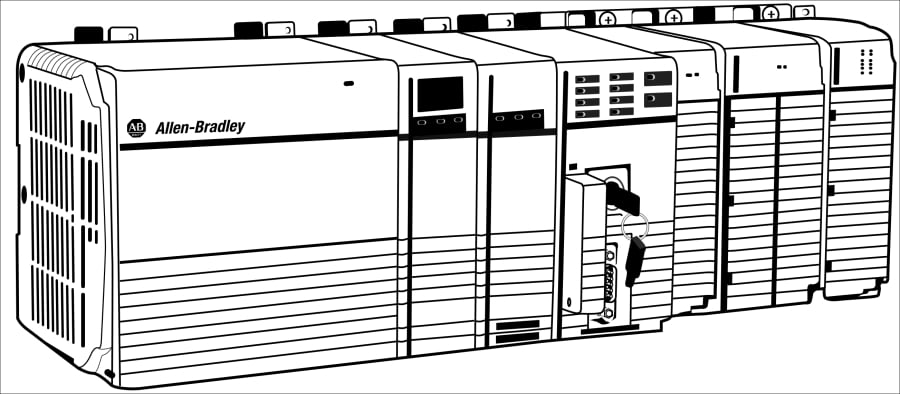


Some of my personal favorites & most used are Visibility, Color & Fill. Among your choices, you may choose to alter color, position, visibility, rotation, etc. Using the FactoryTalk View Studio Animation Object Propertyīy right-clicking an object, you may choose to add an animation property to it. In this article, we will be looking at two key ways you may animate objects within FTView Studio: through the animation property as well as through the swap of images. However, through the clever use of the Image Library, it’s possible to animate any object to the needed degree. Furthermore, properly designed animations are pleasing to the user & will make your application stand out.įactoryTalk View Studio wasn’t meant to create complex animations or transitions. They allow the programmer to create objects which will alert the operator of the status of a certain element, draw attention to themselves upon a change & make sure that the proper state of a certain object is portrayed by the application. Animations in FactoryTalk View Studio Machine & Site Edition are critical in all HMI applications.


 0 kommentar(er)
0 kommentar(er)
